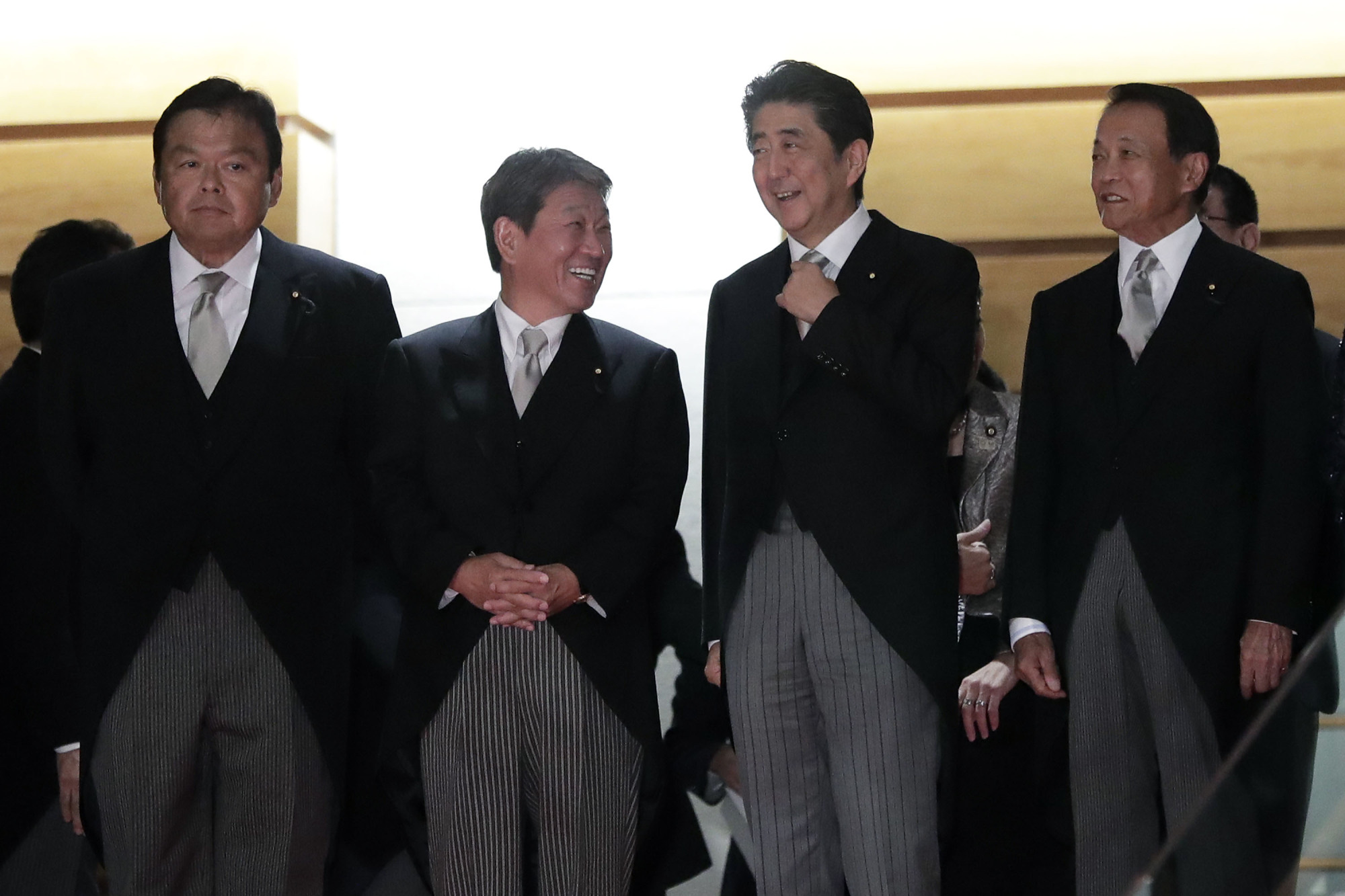On the surface, the Japanese political landscape has seemed stable the past few months even through an Upper House election and Cabinet reshuffle, but that stability has masked the jockeying taking place behind the scenes.
Behind the veil of party unity, players within the Liberal Democratic Party have sought to position themselves for the top spot in the line of succession, and that line is changing. Big-name LDP politicians who were front-runners for post-Abe leadership a few years ago have fallen behind the pack, while others have positioned themselves well.
To assess prospects for a prime ministerial candidate, one must look at two key factors: intraparty support and public support. The former is more important, because to become prime minister in an LDP-led government, a politician must become the party president. To become the party president, one must have the numerical support from party members, and that is influenced by factional affiliation and individual relationships with key party leaders.



















With your current subscription plan you can comment on stories. However, before writing your first comment, please create a display name in the Profile section of your subscriber account page.